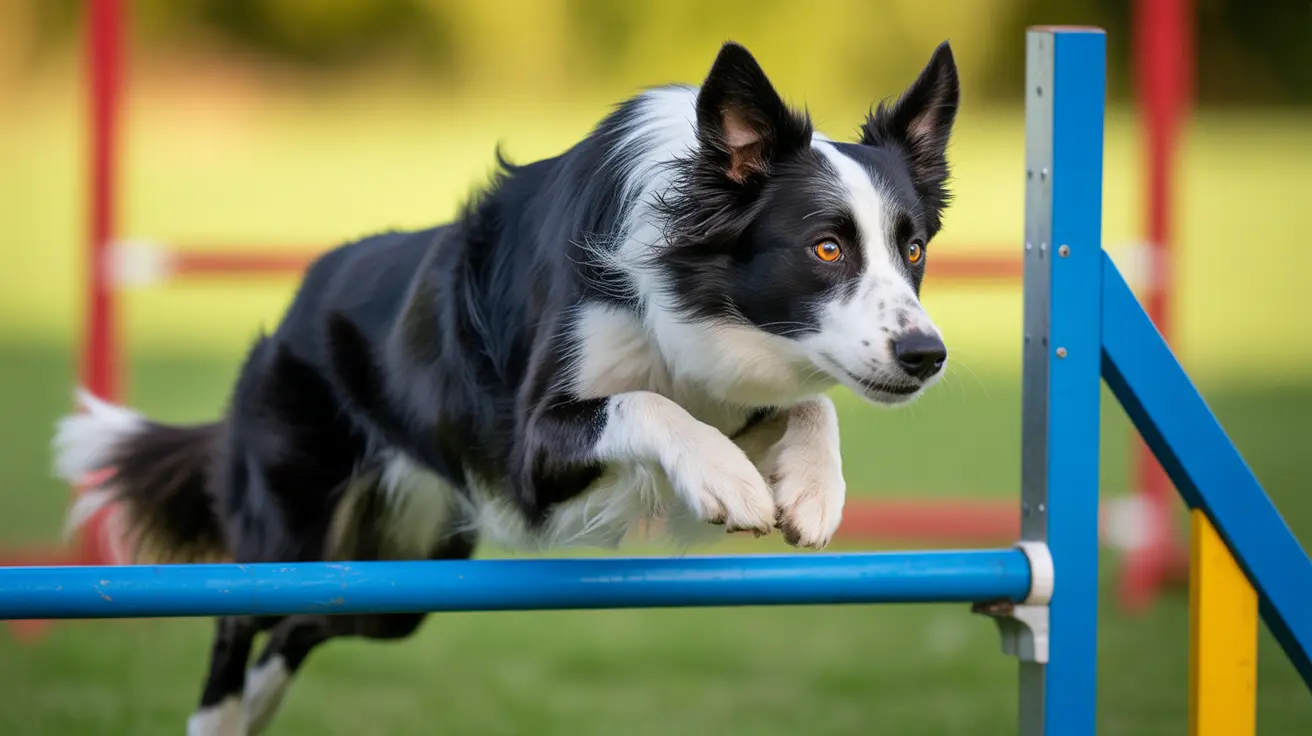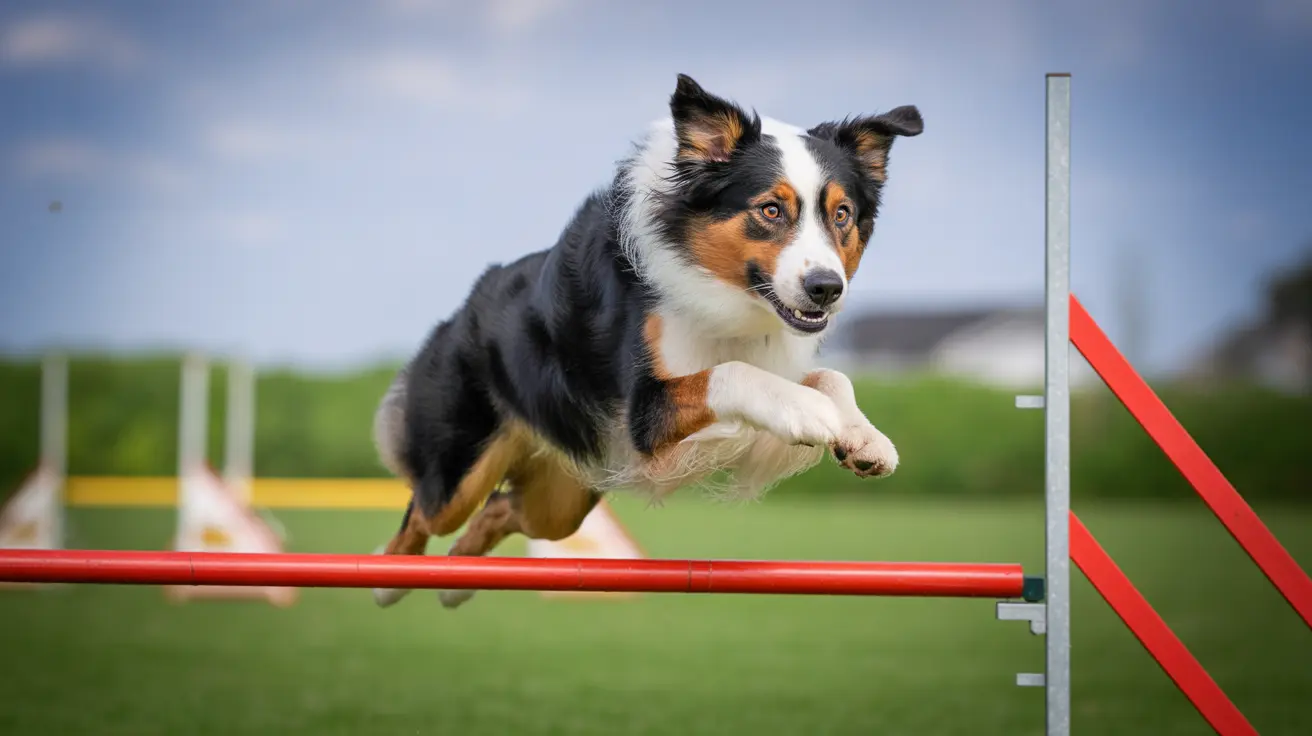Many pet owners wonder about the relationship between dogs and their crates. Understanding whether dogs naturally enjoy crates and how to make these spaces comfortable is crucial for successful crate training. This comprehensive guide explores the science behind dogs' denning instincts and how to create a positive crate experience for your furry friend.
The Natural Denning Instinct
Dogs are descendants of den-dwelling animals, and this ancestral behavior plays a significant role in their relationship with crates. Modern dogs retain this natural instinct to seek out small, enclosed spaces that feel safe and secure. This inherent behavior explains why many dogs, when properly introduced to crates, readily accept them as their personal sanctuaries.
Creating a Positive Crate Experience
The key to ensuring your dog enjoys their crate lies in proper introduction and setup. Start by choosing an appropriately sized crate that allows your dog to stand, turn around, and lie down comfortably. Make the space inviting by adding soft bedding, favorite toys, and occasional treats.
Essential Steps for Crate Success
- Place the crate in a quiet area of your home
- Keep the crate door open initially
- Add comfortable bedding and familiar items
- Reward your dog for showing interest in the crate
- Never force your dog inside
Benefits of Proper Crate Training
When done correctly, crate training offers numerous advantages for both dogs and their owners. Dogs gain a personal space where they can retreat when feeling overwhelmed or tired. This safe haven can help reduce anxiety during thunderstorms, fireworks, or when visitors arrive.
For owners, crate training facilitates house training, prevents destructive behavior, and provides a safe way to transport pets. It's particularly beneficial for puppies learning bladder control and rescued dogs adjusting to new environments.
Signs Your Dog Enjoys Their Crate
Dogs who have positive associations with their crates often exhibit these behaviors:
- Voluntarily entering the crate to rest or sleep
- Seeking out the crate during stressful situations
- Bringing toys or treats into their crate
- Relaxed body language when inside
- Sleeping peacefully in the crate
Common Crate Training Mistakes to Avoid
Understanding what not to do is just as important as knowing the right approaches. Never use the crate as punishment, and avoid leaving your dog crated for extended periods. Adult dogs shouldn't be crated for more than 4-6 hours at a time, while puppies require more frequent breaks.
Alternatives and Solutions
If your dog shows persistent signs of crate anxiety, consider alternatives such as exercise pens or dog-proofed rooms. Some dogs may need professional training assistance to overcome crate-related stress. Remember that each dog is unique, and what works for one may not work for another.
Frequently Asked Questions
Do dogs naturally like crates, and why do they view them as safe spaces?
Dogs naturally gravitate toward den-like spaces due to their ancestral instincts. When properly introduced, crates can become safe spaces because they satisfy this denning instinct and provide a predictable, controlled environment where dogs can rest undisturbed.
How can I properly introduce my dog to a crate to ensure they feel comfortable and secure?
Introduce the crate gradually using positive reinforcement. Start by placing treats and toys near and inside the crate, allowing your dog to explore at their own pace. Make the space comfortable with bedding, and never force your dog inside.
What are the main benefits of crate training for puppies and adult dogs?
Crate training aids in house training, provides a safe space during overwhelming situations, prevents destructive behavior, and facilitates safe transport. For puppies, it helps develop bladder control, while adult dogs benefit from having a consistent retreat space.
How long can I safely leave my dog in a crate without causing stress or health issues?
Adult dogs should not be crated for more than 4-6 hours at a time. Puppies require more frequent breaks based on their age - typically their age in months plus one hour. Regular exercise and bathroom breaks are essential.
What should I do if my dog shows signs of distress or resistance to crate training?
If your dog shows signs of distress, slow down the training process and ensure all associations with the crate are positive. Consider consulting a professional trainer, and explore alternatives like exercise pens if crate training isn't successful.
Conclusion
When approached correctly, crate training can create a positive experience that benefits both dogs and their owners. By understanding your dog's natural instincts and following proper training techniques, you can help your pet develop a loving relationship with their crate as their personal safe haven.






